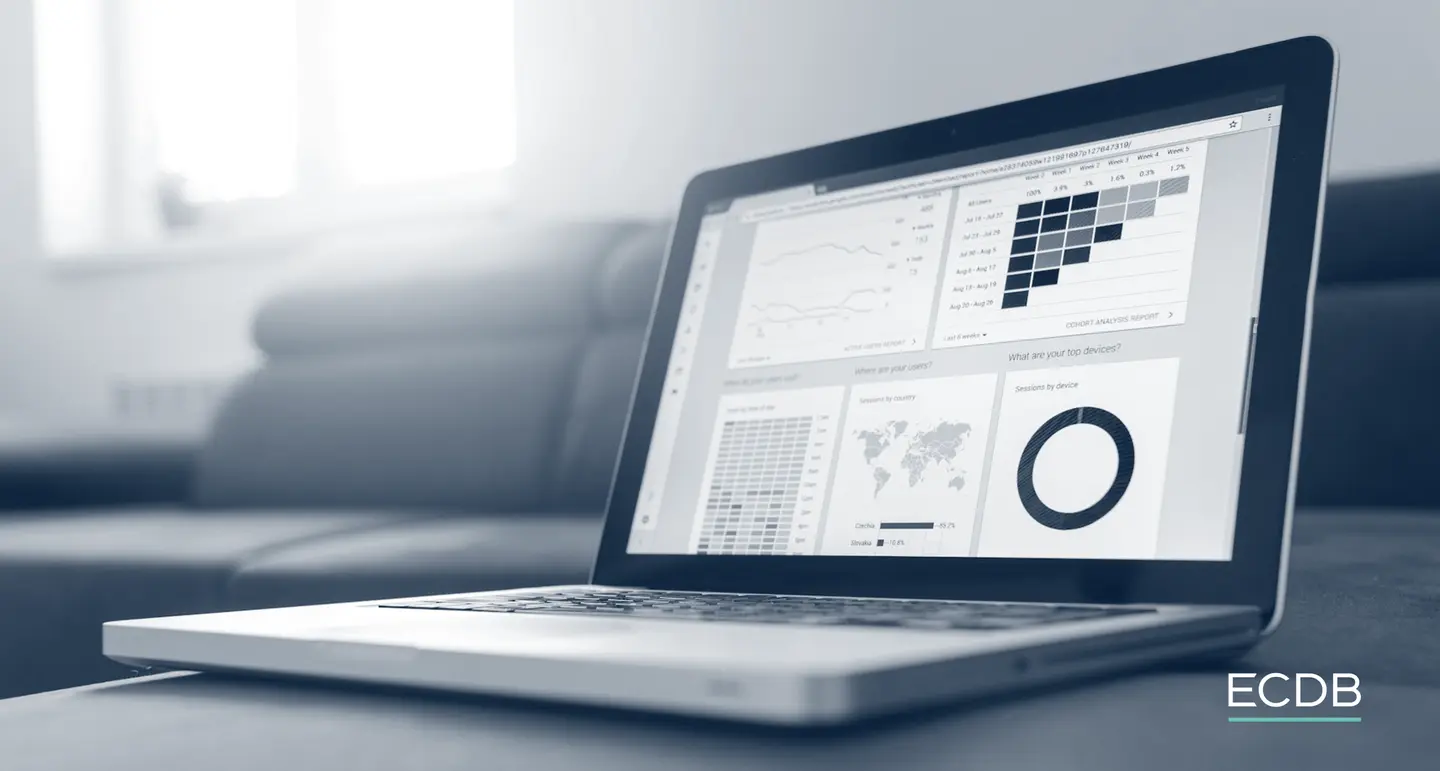Total assets
In eCommerce, total assets refer to the combined value of all the possessions and investments held by a business or individual involved in online commerce. To calculate total assets, one adds the owner's equity, representing the company's overall worth or capital, to its liabilities, which are its financial obligations. Assets can encompass a wide range of items, including inventory, equipment, real estate, and even digital assets like websites and intellectual property. Businesses often acquire these assets with the aim of improving their financial performance, increasing cash flow, and potentially boosting their overall value in the future.
Glossary entries with T
Back to





